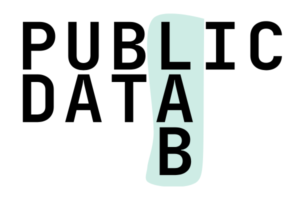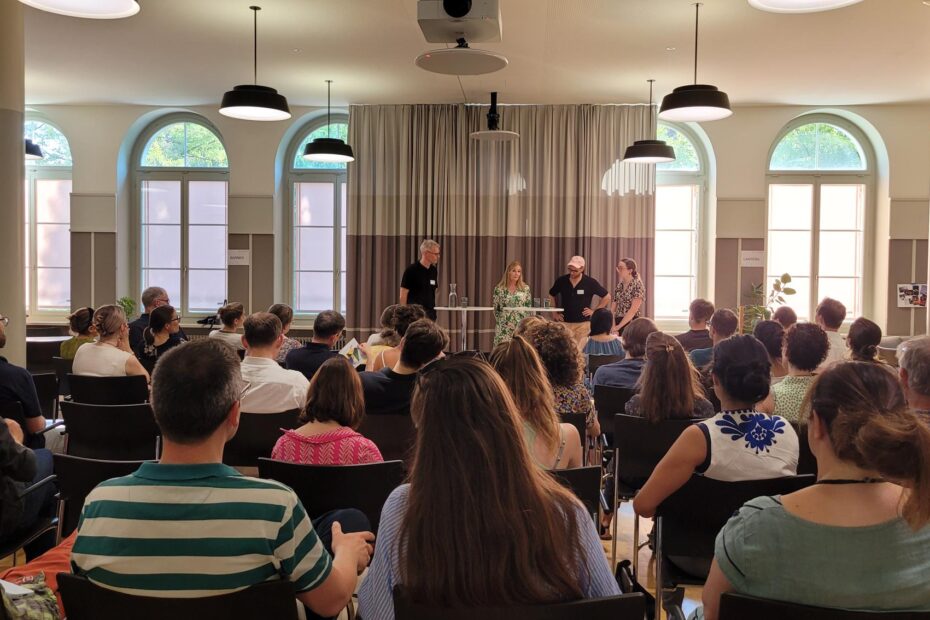PhD Position: Empowering AI to Explore the Space of Reasons 80 %
The Digital Society Initiative (DSI) of the University of Zurich invites applications for a PhD position in the field of Natural Language Processing (NLP) as part of its interdisciplinary project “Empowering AI to Explore the Space of Reasons (Project AIR)”. Start: by arrangement, ideally on October 1, 2025Application deadline: August… Read More »PhD Position: Empowering AI to Explore the Space of Reasons 80 %









